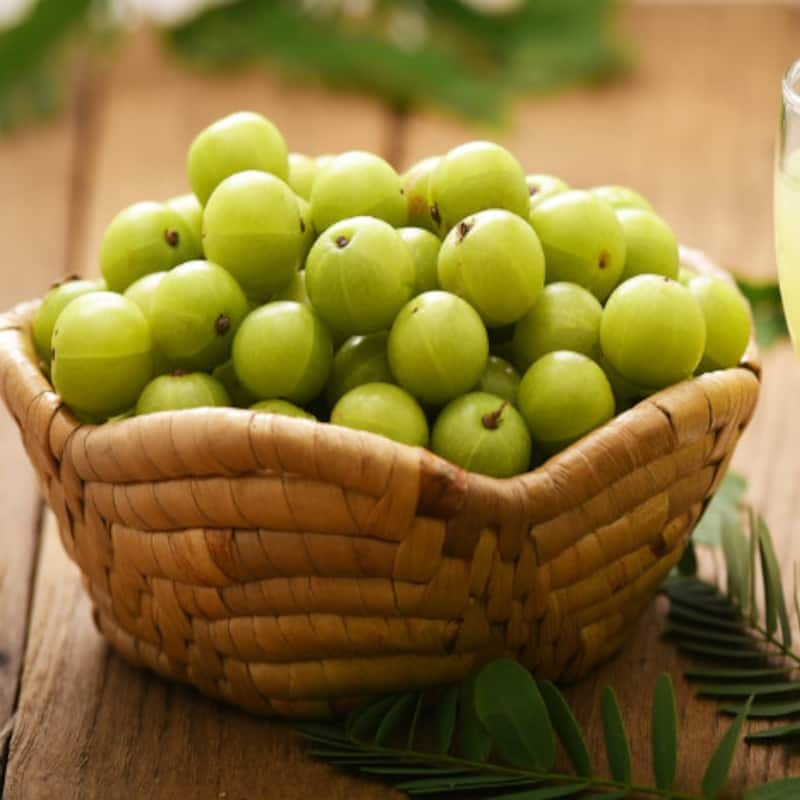Indian Name: Amla
Scientific Name: Phyllanthus emblica L. (Synonym: Emblica officinalis)
The Indian Gooseberry, or Amla, is a tangy seasonal fruit available during the winter months. It is a fruit with a peculiar mix of tastes, containing five of the six tastes from bitter, pungent, sweet to astringent and sour and is famous in India as a health and beauty aid. Popularly known as Amalki in Sanskrit (sustainer) or Dhatri (Nurse), this tiny fruit is a known powerhouse of goodness, packed with nutrients like proteins, carbohydrates, potassium, fiber, minerals and vitamins


